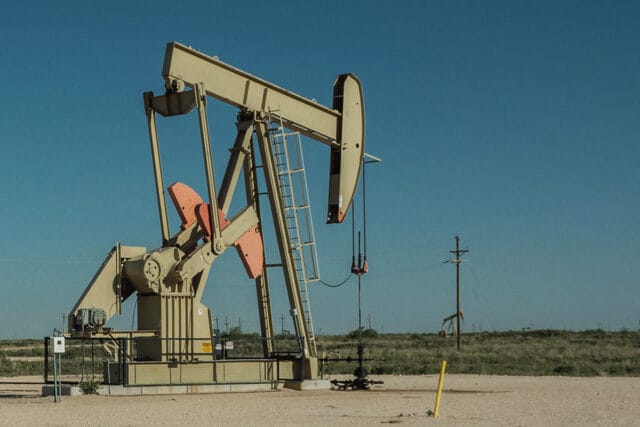
Moving From Alive to Thrive with HSE
How Aligning Operations, Procurement and HSE Digitally Can Create Safety and Accountability in Skilled Work

Hiring skilled workers has never been harder.
Industries from telecom to manufacturing and renewable energy to facilities management need to increase their headcount by a total of 85.2 million skilled workers before 2030. In fact, the demand for skilled workers is outpacing availability 6:1.
Whether the reason is the 60 million Baby Boomer retirees or a significant generational gap in which too many youngsters chose university degrees over skilled work, multiple forces have aligned to make hiring skilled workers more complicated than ever.
With such a wide gap between supply and demand, we can anticipate a revolving door of new workers new to the skilled workforce in the next decade. This also ushers in a greater chance for accidents and injuries.
New workers, specifically those in their first months on the job, face three times the risk of a lost-time injury than workers who have been working at their skilled job for more than a year.
Operations, procurement and health, safety and environment (HSE) teams will have an equally difficult time retaining and keeping workers safe on the job as they did finding them in the first place.
Implications of the operations, procurement and HSE trifecta in worker safety training
Before even achieving state and federal compliance, operations, procurement and HSE teams must first ask themselves:
- Is every one of the third-party workers trained to do what they’re doing today?
- Can we confidently say they can leave the worksite safely at the end of their shift every night?
If the struggle to hire is any indication of the lack of skilled workers, then there’s a good chance your third-party workers lack the appropriate training too.
That’s because it’s easy for worker safety training and accountability to slip through the cracks. If a third-party worker hasn’t been asked to produce their credentials, they likely don’t have them. Similarly, if I’m a contractor firm and I know I can’t work on a telecom project unless I prove that my workers can scale 250 ft. towers safely, then I’m going to make sure I implement the proper training.
When operations, procurement and HSE stay in their individual silos, team misalignment is often the result. When working together, however, these departments have a unique opportunity to truly optimize contractor management and ensure worker safety.
Aligning systems and processes digitally while working together to mitigate risk
Creating effective systems and processes is critical to assessing a contractor company and worker credentials during the procurement process. Digitizing these systems and processes ensures they can be properly replicated across your procurement process, serving as a framework and checklist for assessment of all teams.
From the procurement process to the moment a team of workers actually enters your worksite, through onsite training and as they move sites and jobs, digital systems and processes will be key to ensuring worker safety. Paper and spreadsheets lack the longevity necessary to do the job well.
Putting the right risk mitigation plan in place means operations, procurement and HSE must align their processes with the goal of mitigating risk across the organization. They must work together inside a digital platform that can automatically solve inherent risks in worker safety.
When this happens, businesses thrive because fewer incidents and near misses occur, your business continues to operate uninterrupted and your third-party workers remain safe on the job.
Appropriately trained and digitally tracked workers translate to a smooth execution of site work and projects that move forward effectively and safely.
Once you’ve implemented the right digital processes, operations, procurement and HSE — together with the hundreds or thousands of third-party workers you have in the field — can finally thrive.




